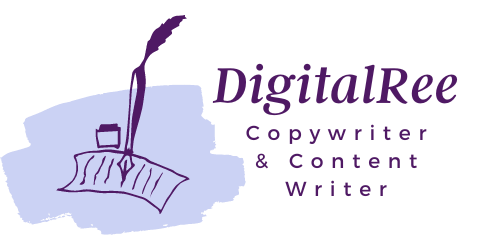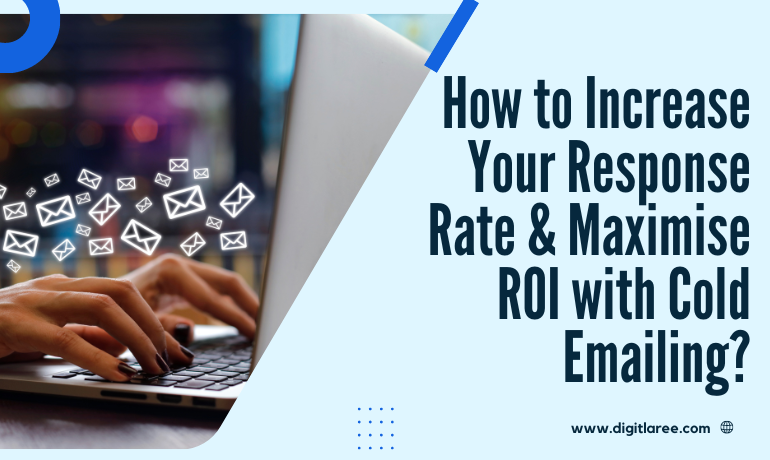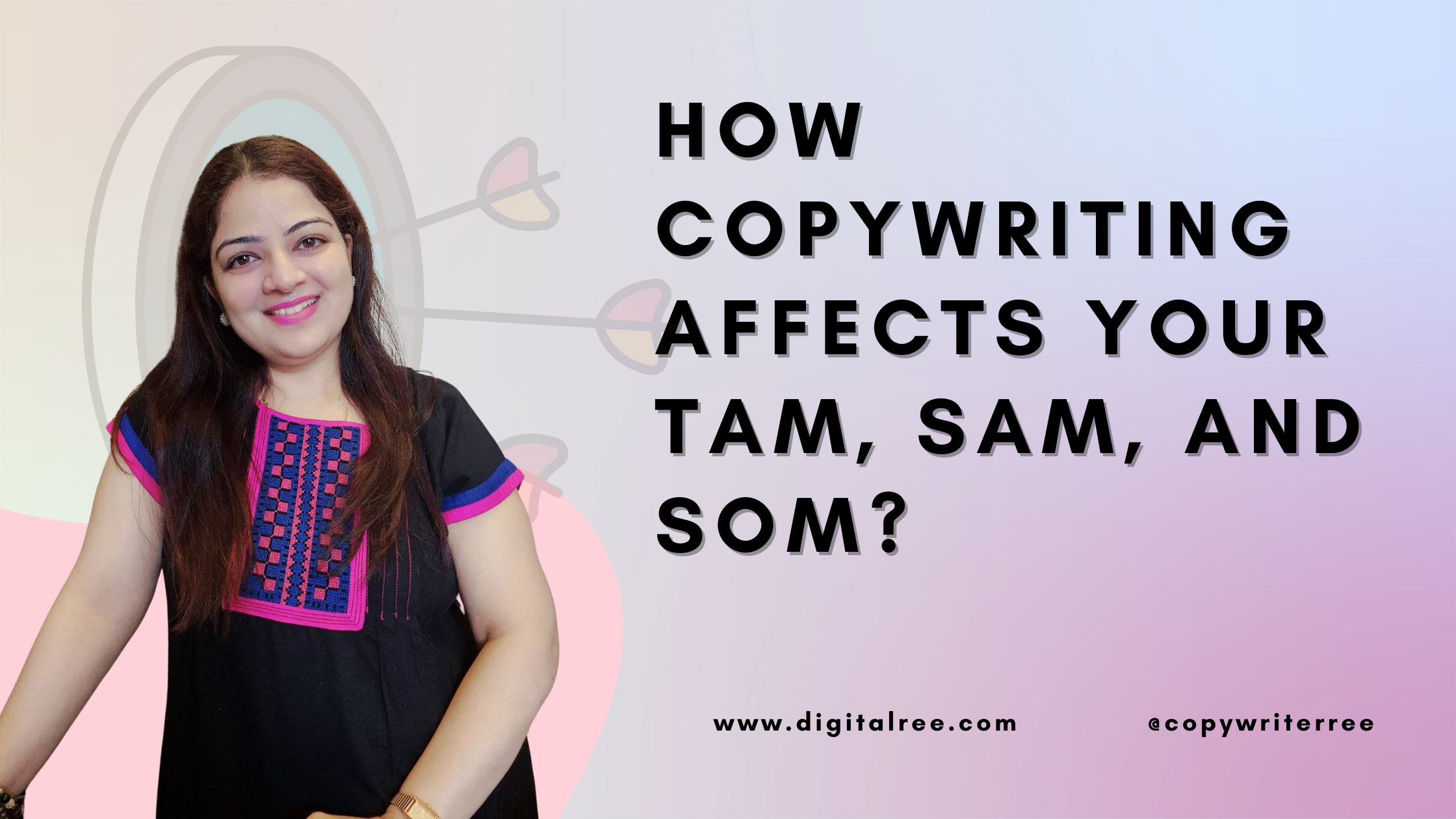How to Increase Your Response Rate & Maximise ROI with Cold Emailing?
80% of businesses preferred email for initial contact before hopping on a call.
59% of people prefer LinkedIn Inmails messages.
According to the above survey by RAIN, LI Inmails and cold sales emails are vastly preferred.
According to OptiMonster, the email conversion rate is 3X higher than social media.
The average email open rate for all industries is around 20% as per MailChimp.
As per the Backlinko survey, emails followed by follow-ups get 2X more responses.
Even now, will you think that cold emails don’t work?
No matter what industry you are in, emails will help you in growing your business.
Now you will ask him what cold email is.
I know most of you are aware of what cold email is.
But for those who are still considering a cold email strategy to get more business, let me quickly tell you what exactly it is.
What is Cold Emailing?
Cold emailing is a way of contacting someone without any prior connection. It is often used as a marketing or sales strategy to reach out to potential customers or clients. The goal of effective cold email outreach is to establish connections. In order to be effective, it should be well-written, relevant, and personalized to the recipient.
Cold emails with follow-ups perform better. Make it your habit to follow up 3-4 times on an email.
Here is a winning formula for a cold email:
- Thorough research about the prospect’s company
- Make the subject line concise and attention-grabbing.
- Keep the email brief and to the point.
- Explain why you are reaching out and how you can help the recipient with their pain points.
- Use a professional and courteous tone.
- Include a call to action.
- Follow up if you don’t hear back, but don’t be too persistent.
I can’t stress enough on personalization of a cold email. Personalization can help a cold email become more engaging. Cold emails can easily become your first meaningful connection with a prospect if you make it evident that you’ve done your research.

How to write the perfect cold email
The main goal of a cold email is to get your prospect to open and read it.
Each sentence should have a purpose and draw the reader in. Without making the email too lengthy, any cold sales email template should include the following elements:
Pain Points: Show that you are aware of and capable of resolving the prospect’s problems. You’ll have a better probability of connecting as a result.
Personalization: Personalizing the email by addressing the recipient by name and researching their company or industry is crucial to making the recipient feel that the email is tailored specifically to them.
Compelling subject line: The subject line should be short, clear, and compelling to entice the recipient to open the email.
Clear value proposition: The email should clearly state the value that the recipient will receive from the product or service being offered.
Call-to-action: The email should include a clear call-to-action, such as scheduling a call or meeting, to encourage the recipient to take the next step.
Social proof: Including social proof, such as testimonials or case studies, can help build credibility and trust with the recipient.
Follow-up: Following up with a personalized email if there is no response is crucial to keeping the conversation going and increasing the chances of success.
Compliance: The email should be compliant with laws and regulations related to cold emailing, such as GDPR and CAN-SPAM.
Measurement: The email should include a way to measure the effectiveness of the campaign, such as tracking links or unique identifiers.
Professionalism: The email should be written in a professional tone and should avoid sounding like spam or a sales pitch.
Relevance: The email should be relevant to the recipient and should not include irrelevant information or attachments.
Next steps: Be mindful of your prospect’s time. Make sure your email is brief and simple to respond to or act upon.
Appreciation: Thank your email recipient for reading it. By doing this, you’ll be able to get your relationship off to a good start.
The dos and don’ts of cold emailing
Every strategy has its dos and don’ts. Cold Emailing is not any different. To make your cold email successful, you should keep a few things in mind.
Avoid the most common pitfalls by sticking to the following dos and don’ts.
Dos:
- Personalize the email by addressing the recipient by name and researching their company or industry.
- Keep the subject line short, clear, and compelling.
- Use a professional tone and keep the email concise and to the point.
- Build a targeted email list by researching and finding the right people to contact.
- Understand the recipient’s pain points and address them in the email.
- Include social proof and testimonials to build credibility.
- Use specific call-to-action phrases and make it easy for the recipient to take the next step.
- Follow up with a personalized email if there is no response.
- Use automation tools to help with the process but not to the point of being robotic.
- Measure and analyze the effectiveness of the campaign to improve future emails.
Don’ts:
- Don’t use generic or generic-sounding subject lines or opening sentences.
- Don’t make the email sound like spam or a sales pitch.
- Don’t send emails to people who haven’t opted-in to receive them.
- Don’t use too much technical jargon or buzzwords that the recipient may not understand.
- Don’t include irrelevant information or attachments in the email.
- Don’t send the same message to multiple people without personalizing it.
- Don’t give up after one follow-up email.
- Don’t use an unprofessional or casual tone in the email.
- Don’t send emails in bulk without considering the laws and regulations.
- Don’t forget to proofread the email before sending it.
Now, that you are aware of what cold email is and its ‘dos’ and ‘don’ts’, let’s have a look at some sample cold emails which you can take inspiration from.
- An Introductory Email
Subject: Introduction – [Your Name], Freelance [Your expertise]
Dear [Recipient’s Name],
I hope this email finds you well. My name is [Your Name] and I am a freelance [Your expertise] with [Number of years] of experience in the industry. I came across your company [Company name] and was impressed by the work you do in [industry/field].
I understand that as a business, you may need [Your expertise], and I wanted to introduce myself and see if there may be any potential opportunities for us to work together. Whether it’s a one-time project or a long-term partnership, I am confident that I can deliver high-quality work that will meet your needs and exceed your expectations.
I would love to speak to you about how my skills and experience can contribute to 3X your business revenue. Please let me know if you’re free this week to hop on a quick call.
I look forward to hearing from you soon.
Best regards,
[Your Name]
P.S: Please find attached my portfolio for your reference.
- A Personalised Email
Subject: [Your Name], Freelance [Your expertise] – [Company name] Project
Dear [Recipient’s Name],
I hope this email finds you well. My name is [Your Name] and I am a freelance [Your expertise] with [Number of years] of experience in the industry. I came across your company [Company name] and was impressed by the recent project you completed on [project name].
As a freelancer, I understand the importance of delivering high-quality work on time and within budget, and I believe my skills and experience align well with the kind of projects you undertake. I have been following your work for some time now and I’m impressed by the level of quality and creativity you bring to your projects.
I wanted to reach out and introduce myself and see if there may be any potential opportunities for us to work together. I am particularly interested in working on a project like [Project name], as I believe it would be a great fit for my expertise. I would love to have a chance to discuss this project further and see how my skills and experience can contribute to your success.
Please let me know if you’re interested in setting up a call or meeting, and I’ll be happy to schedule a time that works for you.
Thank you for your time, and I look forward to hearing from you soon.
Best regards,
[Your Name]
How to Measure the Effectiveness of the Cold Email?
It is very important to check how effective your cold email is. Otherwise, there is no point in sending those emails after spending so much time drafting those for your prospects.
There are several metrics that can be used to measure the effectiveness of a cold email:
Open rate: This measures the percentage of recipients who opened the email. A higher open rate indicates that the subject line and sender name were effective in catching the recipient’s attention.
Click-through rate (CTR): This measures the percentage of recipients who clicked on a link in the email. A higher CTR indicates that the content of the email was relevant and engaging to the recipient.
Reply rate: This measures the percentage of recipients who replied to the email. A higher reply rate indicates that the recipient was interested in the offer or information presented in the email.
Conversion rate: This measures the percentage of recipients who took a desired action, such as filling out a form or making a purchase, as a result of the email. A higher conversion rate indicates that the email was successful in encouraging the recipient to take a specific action.
Bounce rate: This measures the percentage of emails that were undelivered and returned to the sender. A high bounce rate can indicate that the email addresses on the recipient list are outdated or invalid.
It is important to track these metrics over time and compare them to industry benchmarks to determine the effectiveness of your cold email campaigns.
Final Takeaway
Cold emailing can be an effective way to reach out to potential clients and customers, but it’s essential to approach it strategically.
By personalizing your emails and understanding the recipient’s pain points, you can increase your chances of success.
We hope this blog post has provided you with valuable tips and strategies for writing cold emails.
Remember to always keep your emails, professional, targeted, and to the point. And don’t be afraid to follow up and measure the results.
Thank you for reading, and I would love to hear your thoughts and experiences with cold emailing in the comments section below.
Happy cold emailing!
Copywriter Ree
Follow me on:
IG: copywriterree






